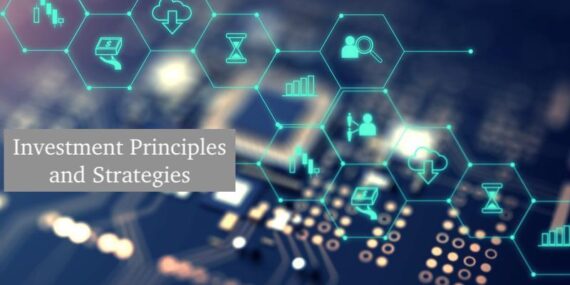Uncertain Markets and Future Returns
Volatile stock and bond markets are not going away anytime soon, and investment strategies focused on discipline, market-tested algorithms, and the patience to withstand near-term turbulence will continue to deliver better results. As US stocks have dropped about 25% and US long-term treasuries dropped nearly 30%, specific strategies that combine futures, derivatives, and other securities along with market-neutral equity trading have produced superior returns. This impressive overall performance can be expected to profit from market movements and even market shocks that, while specifically unpredictable, will be inevitable from now on. In the face of dismal predictability and lack of confidence, it is discipline, time-tested algorithms, and a multi-strategy perspective toward broad market sectors that have outperformed and will continue to deliver superior risk-adjusted returns and better overall performance.










